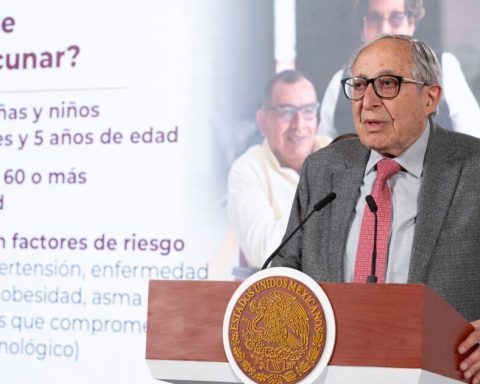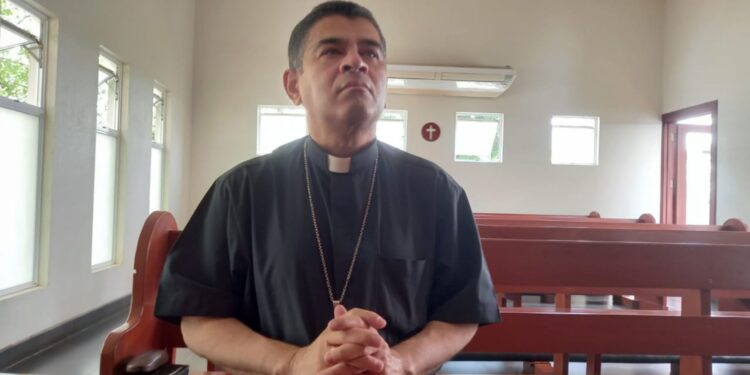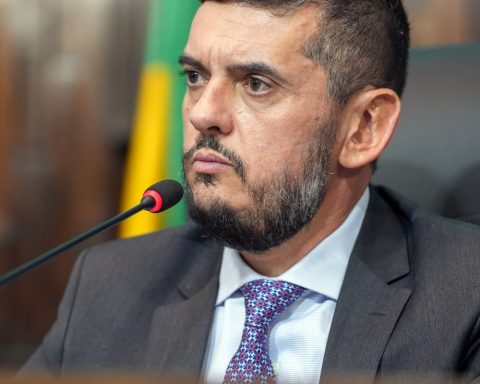At the end of 2018, the balance of the stabilization fund was 88,722 million pesos, while at the end of 2022 it had a balance of 21,368 million.
The FEIEF has served to stabilize the participation of states and municipalities, particularly in the financial crisis of 2009 and in the coronavirus pandemic in 2020.
“We project that in 2023 the fund will suffer an additional reduction of 43% as a result of the optimistic collection estimates in the federal government’s economic package”, which further reduces “the fund’s ability to stabilize participations in subsequent years”, Moody’s added.
A lower level of the FEIEF, he explained, reduces the flexibility of the mechanism to compensate for a drop in the shares linked to the participatory federal revenue (taxes, oil and mining rights), particularly in a scenario of economic recession.
For this year, Moody’s estimates a growth of 1% for the Mexican economy, so it is probable that the FEIEF will be used again to cover the budgeted contributions for tax collection.
“The use of the fund has become more frequent. Additionally, in 2021 and 2022 there were disbursements charged to the FEIEF corresponding to the payment of financial obligations of the fund itself,” Moody’s pointed out.
The rating agency pointed out that from 2017 to 2022 the transfer from the Mexican oil fund (FMP) to the FEIEF was an average of 2,657 million pesos per year, less than the 82,000 million that was allocated between 2019 and 2022 for compensation.















